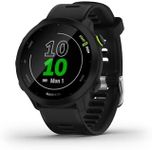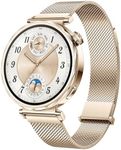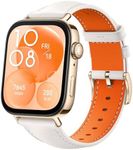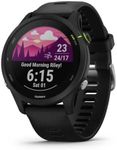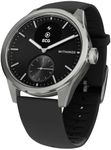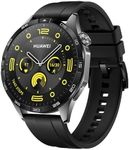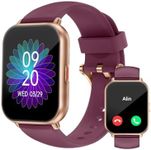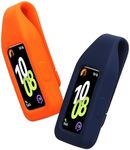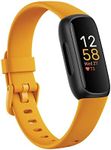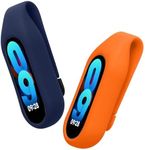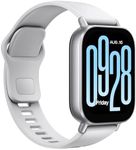Buying Guide for the Best Pedometers
Choosing the right pedometer can significantly enhance your fitness journey by accurately tracking your steps and motivating you to stay active. When selecting a pedometer, it's important to consider various features and specifications to ensure it meets your personal needs and lifestyle. Here are some key specifications to look out for and how to navigate them to find the best fit for you.Step Counting AccuracyStep counting accuracy is crucial because it determines how precisely the pedometer tracks your steps. This spec is important as it directly affects the reliability of the data you receive. Pedometers with higher accuracy use advanced sensors and algorithms to differentiate between actual steps and other movements. If you are serious about tracking your fitness, look for pedometers with high accuracy ratings, often found in more advanced models. For casual use, a basic model with decent accuracy might suffice.
Battery LifeBattery life indicates how long the pedometer can operate before needing a recharge or battery replacement. This is important because it affects the convenience and usability of the device. Pedometers with longer battery life are ideal for those who do not want the hassle of frequent recharging. Basic pedometers often have longer battery life, sometimes lasting several months, while more advanced models with additional features may need more frequent charging. Consider your usage pattern and choose a pedometer with a battery life that fits your lifestyle.
Display and ReadabilityThe display and readability of a pedometer refer to how easily you can view your step count and other data. This is important for quick and convenient access to your progress. Pedometers with larger, backlit displays are easier to read, especially in low-light conditions. If you have vision issues or prefer a quick glance at your stats, opt for a model with a clear, easy-to-read display. For those who prefer simplicity, a basic model with a straightforward display might be sufficient.
Additional FeaturesAdditional features can include heart rate monitoring, sleep tracking, GPS, and connectivity to smartphones or fitness apps. These features are important if you want a more comprehensive overview of your health and fitness. Advanced features can provide more detailed insights and help you set and achieve specific fitness goals. If you are a fitness enthusiast or tech-savvy, look for pedometers with these extra capabilities. For basic step tracking, a simpler model without these additional features may be more appropriate.
Durability and Build QualityDurability and build quality refer to how well the pedometer can withstand daily wear and tear, including exposure to sweat, rain, and accidental drops. This is important for ensuring the longevity of the device. Pedometers with higher build quality are often more durable and can handle more rigorous use. If you plan to use the pedometer during intense workouts or outdoor activities, choose a model known for its durability. For light, everyday use, a standard build quality may be adequate.
Ease of UseEase of use encompasses how user-friendly the pedometer is, including setup, operation, and data interpretation. This is important for ensuring that you can easily integrate the device into your daily routine. Pedometers with intuitive interfaces and simple controls are ideal for beginners or those who prefer straightforward devices. If you are comfortable with technology and enjoy exploring features, a more complex model with advanced settings might be suitable. Consider your comfort level with technology when choosing a pedometer.
